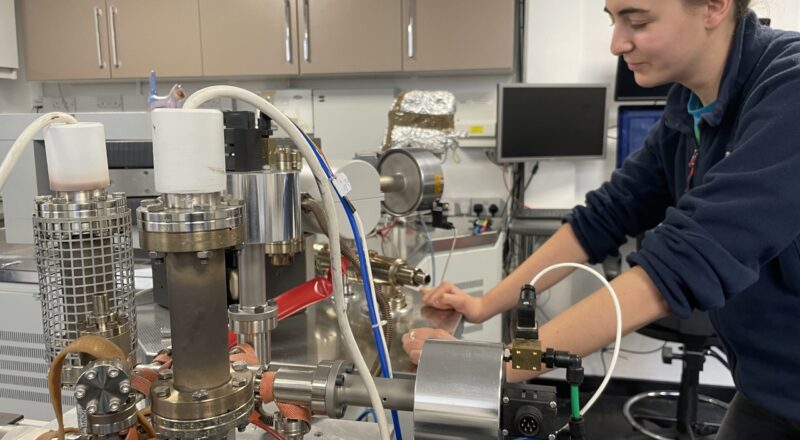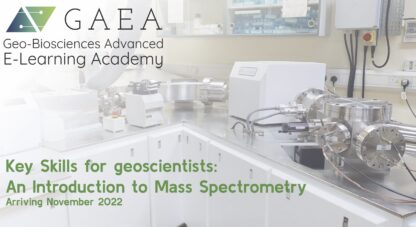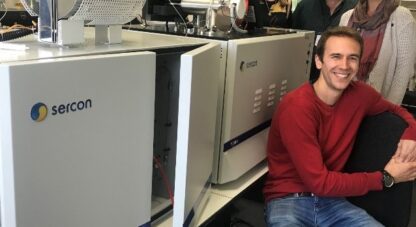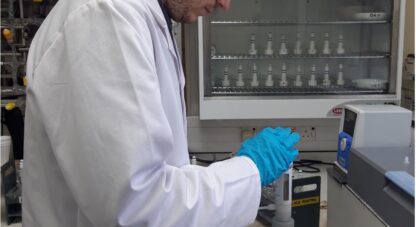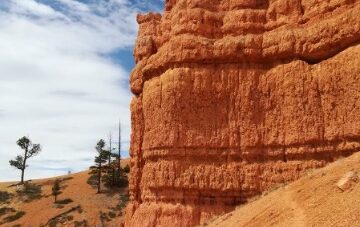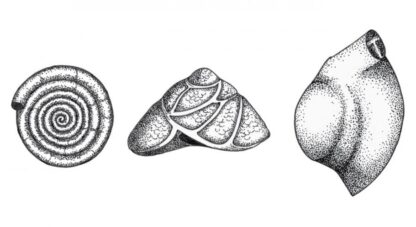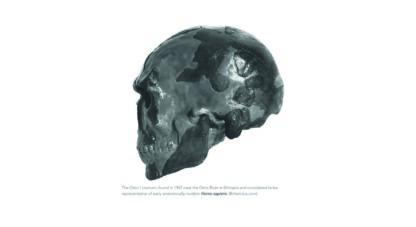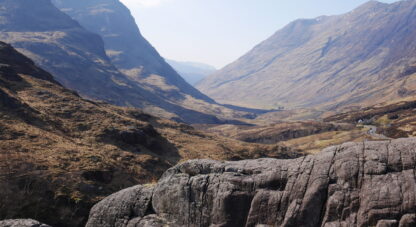Experience: A three month internship at the NEIF Argon Isotope Facility
November 07, 2022
Post contributed by Rhiannon Rees – final year PhD student at the University of Southampton I am a final year geology PhD student at the University of Southampton studying rift volcanism in East Africa, and I recently undertook a supported three-month placement with the National Environmental Isotope Facility (NEIF) Argon Isotopes research lab at SUERC. […]
